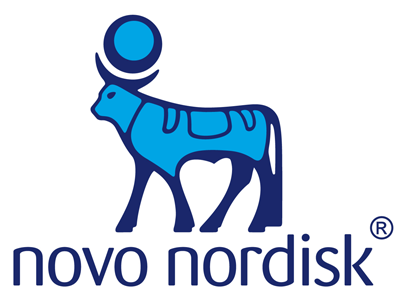 NOVO NORDISK-SUPPORTED SPONSORED RESEARCH PROJECT - 2012
NOVO NORDISK-SUPPORTED SPONSORED RESEARCH PROJECT - 2012
Garry Nolan (Microbiology and Immunology)
Treatment of autoimmune inflammatory diseases (AID) such as rheumatoid arthritis (RA) has improved markedly over the last few decades. Nevertheless, many patients respond only partially, or not at all, and when full responses are achieved they are often transient. Hence, there is still a high medical need for therapeutics that target new pathways, and there is a need for improved linking of drug target to optimal patient population. A large number of genome wide association studies have identified key genetic loci where allelic variation is linked to AIDs. In most cases, however, the mechanistic basis for their involvement in disease are unknown, so the generation of new therapies based on these linkages awaits definition of their functional mechanism of action.
Thus, there is a need to improve our ability to identify the right drug targets for specific conditions, and to produce therapeutics with better efficacy and selectivity. It is still unclear what initiates many of the AIDs. To a large extent, this lack of understanding is a reflection of our still limited understanding of human immunology, which has been hampered by the complexity of the immune system, coupled with the high degree of molecular polymorphism at many key loci. Nonetheless, the understanding of human immunology is now increasing rapidly, in large part based on improved flow cytometry methods, which now allow nearly routine analysis of 9-10 parameters at the same time (and up to 15 parameters with difficulty), resulting in detailed profiling of leukocyte subsets.
A very recent and spectacular breakthrough in this field was the use of 'mass cytometry' (developed by Garry Nolan at Stanford, see Science 2011, 332:687-96) to analyze numerous parameters in leukocytes, at the single cell level. Combining mass cytometry and single cell network profiling (SCNP) to measure complex biological events and signaling pathways provides accurate biological characterization of each patient's disease. Ultimately, this will translate into actionable clinical knowledge what drive disease and mechanism of response to different treatments. The Mass Cytometry system uses transition element isotopes chelated antibody tags and atomic mass spectrometric analysis of single cells to create to detailed response profile of primary human hematopoietic cells with 34 simultaneously measured cellular parameters. The data generated, provides incredible insight into how a drug affects multiple cell signaling pathways in different cell types. It can also be used to identify as-yet-unknown subsets of primary immune cells, pointing the way to the specific sub-populations that are most important in AID. The current understanding of RA (and other AID) is that the signaling pathways are alter din the disease state and the identification of different pathway alterations will allow us to predict disease severity, response to treatment, and nodes in the network for future therapeutic targeting. The use of Mass Cytometry and SCNP will enable us to study the immune cell interaction and disease mechanism at the system level, predict outcomes and flares in AID, and explore opportunities for novel drug development.


